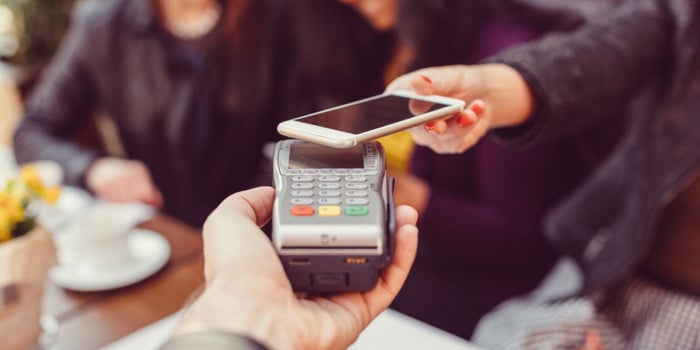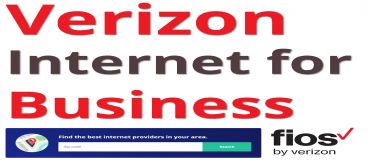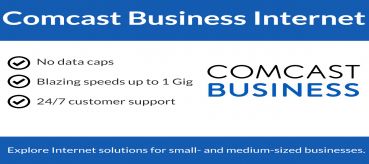Reasons Why Your Business Should Use Mobile Payments in 2022

Since they're safe, fast, and easy, mobile payments are becoming more common as a way to accept in-person payments. In reality, by 2024, global mobile payment volume is projected to hit $6 trillion.
For far more than just making calls, smartphones can be used. They can also be used as online banks, personal assistants, and minicomputers. We have seen the rise of digital wallet and mobile payment technologies over the years.
Mobile payments are safe, simple, and easy, and are rising in popularity as a result. Mobile Payments World reported that by the end of 2020 the number of in-store payment users in the U.S. is expected to reach 150 million, which at that time will represent 56% of the consumer population.
Small companies should consider adjusting to these innovations because of this. We've included a comprehensive mobile payment guide in this article, including information on how it functions, its drawbacks, and how to set it up for your small business.
How Mobile Wallets Works
Digital wallets allow customers to store credit card information securely so that they can make transactions through their smartphones. To make the transaction, they do not even need their actual credit or debit card.
Mobile payment technology, also known as Near Field Communication (NFC), allows for wireless communication between a device and a payment reader in order to actually make a purchase. This is why mobile payment transactions are often called contactless payments, for obvious reasons.
Advantages for small businesses
There are a number of reasons, including their speed, convenience, and security, why mobile wallet payments are a good step for small business owners.
In just a few seconds, mobile wallet transactions are done, which is much quicker than either magnetic stripe or EMV chip cards being processed. You have the ability to speed up the checkout process and reduce the wait times for customers if you accept mobile payments.
Mobile wallets provide clients with comfort as well. They no longer have to take their wallets with them around. And if they forget their wallets, they can still use their phone to buy stuff at your business. This can be a fantastic competitive advantage.
The greatest advantage of mobile payments is probably their high degree of security. Not only do they require authentication of signatures, but the data associated with the stored cards is encrypted and continuously changing. This makes the occurrence of fraud almost unlikely.
Also, Read: Why Your Business Requires Automation (Small Business Automation)
Mobile Wallet Examples
Apple Pay is the most common type of mobile wallet to date. Due to its ease of use, Apple Pay has become popular. Users simply need to open their iPhone's Passbook and then add the card details associated with your iTunes account. When you have done this all you have to do is keep your finger to check your fingerprint on the Touch ID button. The payment will be triggered by this. Samsung Pay and Google Pay provide several other popular mobile wallet solutions.
Also Read : Must-Have Digital Tools to Grow Your Business | Internet For Business
Needed hardware to set up Apple Pay
NFC-enabled terminals are everything you need to accept Apple Pay. If this equipment is obtained, all clients have to keep their computer over the terminal and finalize the transaction with their fingerprints. As it connects to Square Stand and allows you to complete transactions at festivals, outdoor markets, or other locations outside of your store, we suggest using Square's NFC reader.
Accept Apple Pay at your small business
Apple Pay is very easy to embrace in your business. To set up your Square NFC Reader and Apple Pay, you should follow these best practices:
-
First, you need to buy an NFC-enabled payment terminal that accepts Apple Pay and other contactless payments, such as Square Reader. The NFC Reader for the Square is less than $50!
-
Take some time for your reader to set up. You can wirelessly customize your Square Reader on either a compatible iOS device or via your mobile device via Bluetooth LE. Square offers some basic step-by-step instructions for setting up your reader.
-
You can accept customer payments once your NFC reader is installed. All customers need to do is keep their iPhones close to the NFC reader, followed by a notification sound, before four green lights appear. On your phone, you will then see a checkmark that shows that the transaction has been made.

Informing clients that Apple Pay is available
If the process has been set up, it is necessary to let customers know that you support Apple Pay. In order to quickly let clients know, you can put Apple Pay decals, which are included in your marketing package, in your store, and along your checkout line. If you need any additional decals, Apple also provides free Apple Pay decals on its website.
You should post an update on your social media sites to let individuals who have not been in your store recently know that you are setting up Apple Pay. If you're using Square Reader, you can easily update your daily customers using its email marketing tools.
Training your workers to use Apple Pay
There are different resources that are included in your marketing kit for Apple Pay that will help you train your workers. This provides detailed guidance on how clients can accept Apple Pay. It also discusses ways to tell clients how to set up Apple Pay. Even better, stickers that your workers may use as cheat sheets are included in the package. Be sure to put the stickers near your point of sale, so that when customers check out, your employees can easily access them.
All small business owners should take some time to consider whether mobile payments might work for them because of the speed, convenience, and protection of mobile wallets. Mobile payments do not take much money or effort to set up, as you can see, but they can give your company a competitive edge in today's digital environment thanks to the advantages they offer your customers.
Related Articles:
How to Maximize the Online Presence of your Company?
How to Market Your Business Using The Internet
Related Posts
Wed, Apr 22, 2020 11:34 PM
Find Verizon Internet for Business Near You!
Verizon provides Internet for business in more than 40 states in the US, speeds are limited to 15 Mbps, and many businesses will need more juice. If you're in the Northeast, you can enjoy high-speed Internet via Verizon's FiOS. This is ideal for businesses that need high speeds, such as restaurants, hotels, medical facilities, hospitals, schools, and other businesses.
Thu, Apr 23, 2020 12:00 AM
5 Best Small Business Internet Service Providers (2021)
The following Internet Service Providers are not listed in any particular order, but we have ranked these five companies as worthwhile due to some key factors such as speed, reliability, cost, and overall customer satisfaction.
Mon, Apr 20, 2020 11:13 PM
Business Internet Guides for Entrepreneurs
Small businesses need to grow, but how big should your business become before you buy it online? Whether you started out as a sideshow or a brick-and-mortar business, successful small businesses are finding it increasingly difficult to decide when to shell out money for an Internet business.
Thu, Apr 23, 2020 11:52 PM
Why Business Internet is More Expensive Than Residential Internet
This question is asked so often today that it seems worth explaining, but here are 5 reasons why business Internet is more expensive than Residential Internet packages.
Fri, Apr 24, 2020 5:17 AM
Comcast Internet For Business: Internet, Phone, TV, and Other Solutions for your Business.
Comcast Business is US largest cable provider for small and medium-sized businesses and has become a force in the market, recognized by leading industry over the past two years as one of the fastest-growing providers of high-speed broadband to business customers




